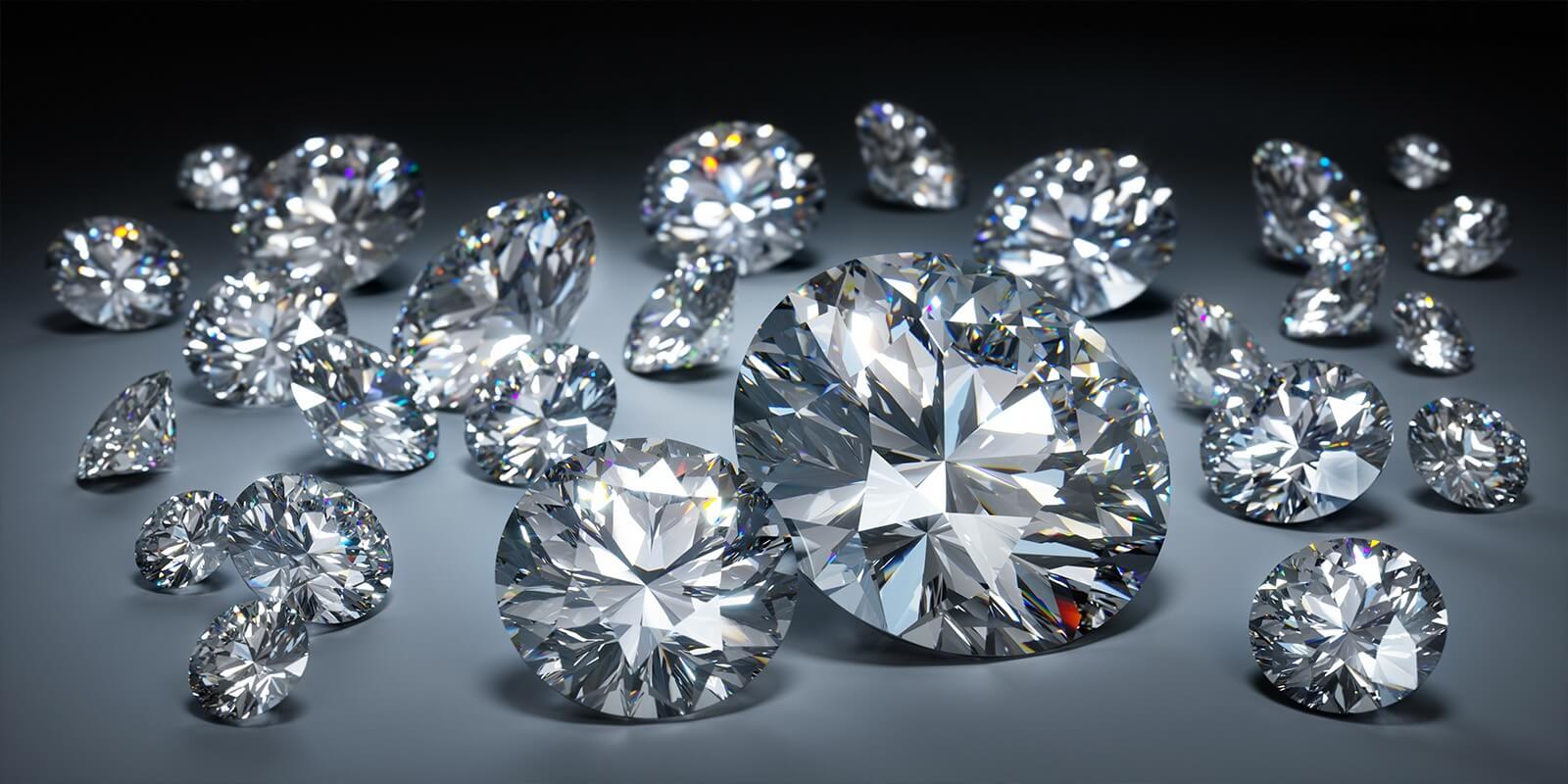
As of late, the demand for diamond substitutes has grown significantly as consumers look for alternatives that give similar beauty and brilliance without the significant expense associated with natural diamonds. This article will explore various sorts of diamond substitutes, their characteristics, and what makes them appealing to buyers.
What Are Diamond Substitutes?
Diamond substitutes are materials that emulate the appearance and properties of natural diamonds however are typically more affordable. These substitutes can range from synthetic diamonds, which have the same chemical composition as natural diamonds, to a variety of other gemstones and lab-created materials that offer similar visual characteristics. Understanding the various sorts of diamond substitutes available can assist consumers with making informed choices while purchasing adornments.
The Ascent of Synthetic Diamonds
One of the main developments in the world of diamond substitutes is the ascent of synthetic diamonds. Created in laboratories utilizing advanced technological cycles, these diamonds are chemically identical to their natural counterparts. The developing popularity of synthetic diamonds originates from their ethical production methods and lower price tag compared to mined diamonds. As consumers become more conscious of environmental and social issues, synthetic diamonds are arising as a favored option among those looking for diamond substitutes.
Moissanite: A Brilliant Alternative
Another popular diamond substitute is moissanite, a gemstone known for its inconceivable brilliance and fire, often surpassing that of natural diamonds. Moissanite is a rare mineral that was first found in a meteorite, however it is presently primarily delivered in laboratories. Its interesting optical properties make it a profoundly sought-after alternative for those searching for diamond substitutes that can dazzle without breaking the bank. Moissanite is also durable and resistant to scratching, making it a practical choice for everyday wear.
Cubic Zirconia: An Affordable Choice
Cubic zirconia (CZ) is perhaps the most notable diamond substitute, famous for its affordability and wide availability. Created during the 1970s, cubic zirconia has turned into a popular choice for consumers looking for a budget-accommodating alternative to diamonds. Although CZ doesn’t have the same durability as diamonds or moissanite, it can in any case give an attractive appearance in various adornments plans. Its versatility makes cubic zirconia a favored choice for fashion gems and temporary pieces, appealing to the people who want the vibe of diamonds without the robust sticker price.
Lab-Created Gemstones: A Different Range
Beyond synthetic diamonds and traditional substitutes like moissanite and cubic zirconia, the market has seen an ascent in lab-created gemstones that can act as diamond substitutes. These gemstones are made utilizing advanced innovation and can incorporate various materials, for example, lab-created sapphires, rubies, and emeralds. While these stones don’t necessarily replicate the appearance of lab grown diamonds, they can offer novel colors and qualities that appeal to consumers looking for something changed. The variety available in lab-created gemstones adds an astonishing dimension to the world of diamond substitutes.
The Appeal of Diamond Substitutes
The developing appeal of diamond substitutes can be attributed to several factors. In the first place, the rising awareness of ethical and environmental issues related to diamond mining has led consumers to search out alternatives that align with their values. Additionally, the expense savings associated with many diamond substitutes make them attractive for the people who may not have the budget for a natural diamond yet want the beauty of a gemstone. Furthermore, the advancements in innovation have led to more excellent substitutes that intently look like the characteristics of diamonds, enhancing their desirability.
Picking the Right Diamond Substitute
While considering diamond substitutes, it is essential for consumers to evaluate their priorities. Factors like appearance, durability, and cost can all impact the choice of substitute. For the people who prioritize a stone with the same physical and chemical properties as a diamond, synthetic diamonds or moissanite may be the most ideal option. Alternatively, in the event that budget constraints are a significant consideration, cubic zirconia offers a more affordable yet visually appealing choice. Ultimately, understanding the various diamond substitutes available allows consumers to choose the one that best meets their requirements and inclinations.
Caring for Diamond Substitutes
Caring for diamond substitutes is crucial to guarantee their longevity and appearance. While certain substitutes, similar to synthetic diamonds and moissanite, are exceptionally durable, others may require more careful handling. Regular cleaning and appropriate storage are essential for maintaining the beauty of these stones. Utilizing gentle soap and a soft fabric to clean the substitutes can assist with forestalling scratches and keep them putting their best self forward. By taking an opportunity to care for diamond substitutes, consumers can partake in their beauty for years to come.
Conclusion: The Future of Diamond Substitutes
As the adornments business continues to develop, diamond substitutes are turning out to be increasingly popular among consumers. With options ranging from synthetic diamonds to lab-created gemstones, buyers have more choices than ever before. Understanding the various kinds of diamond substitutes, their advantages, and how to care for them can enable consumers to make informed decisions that align with their personal values and budget. In the future, the pattern of selecting diamond substitutes is probably going to develop as more individuals embrace these alternatives and the innovations in this sector continue to advance.

